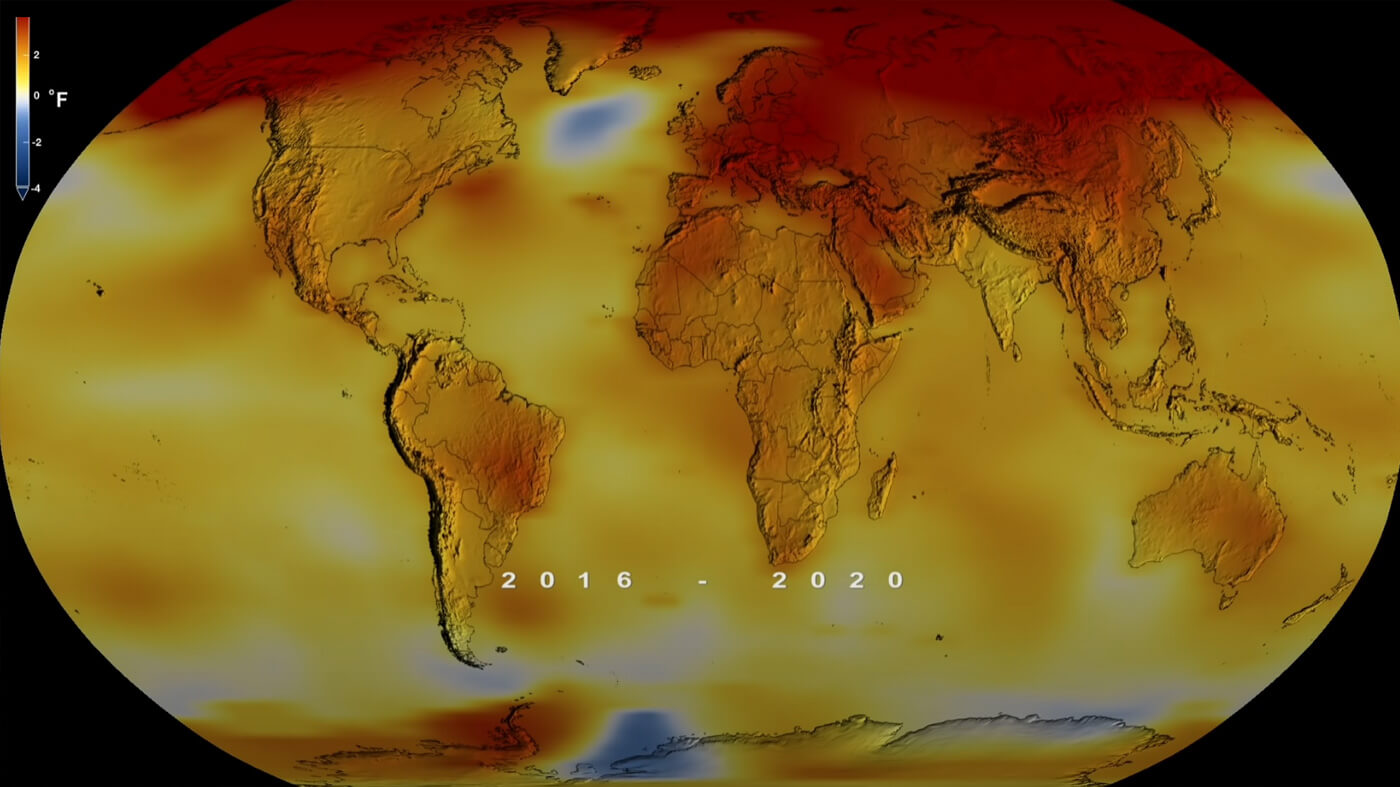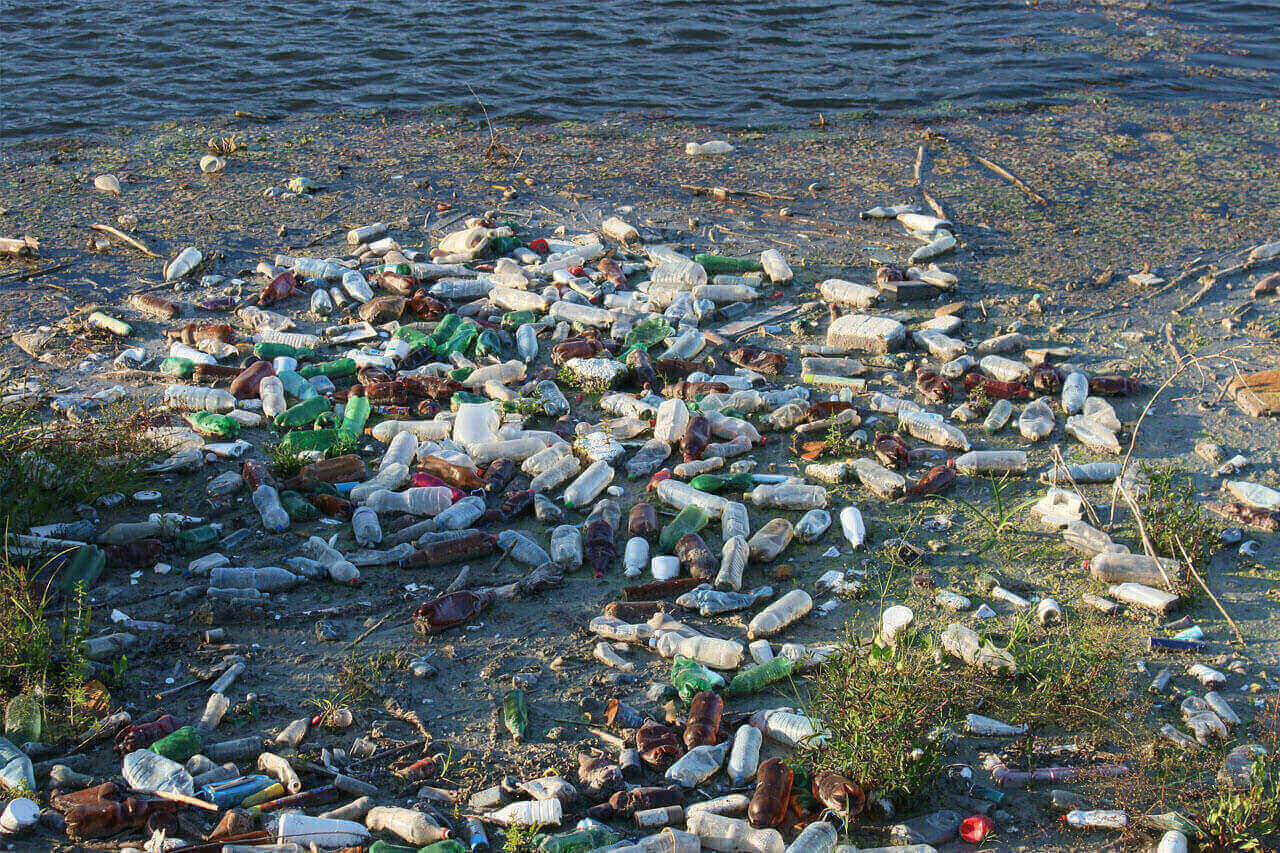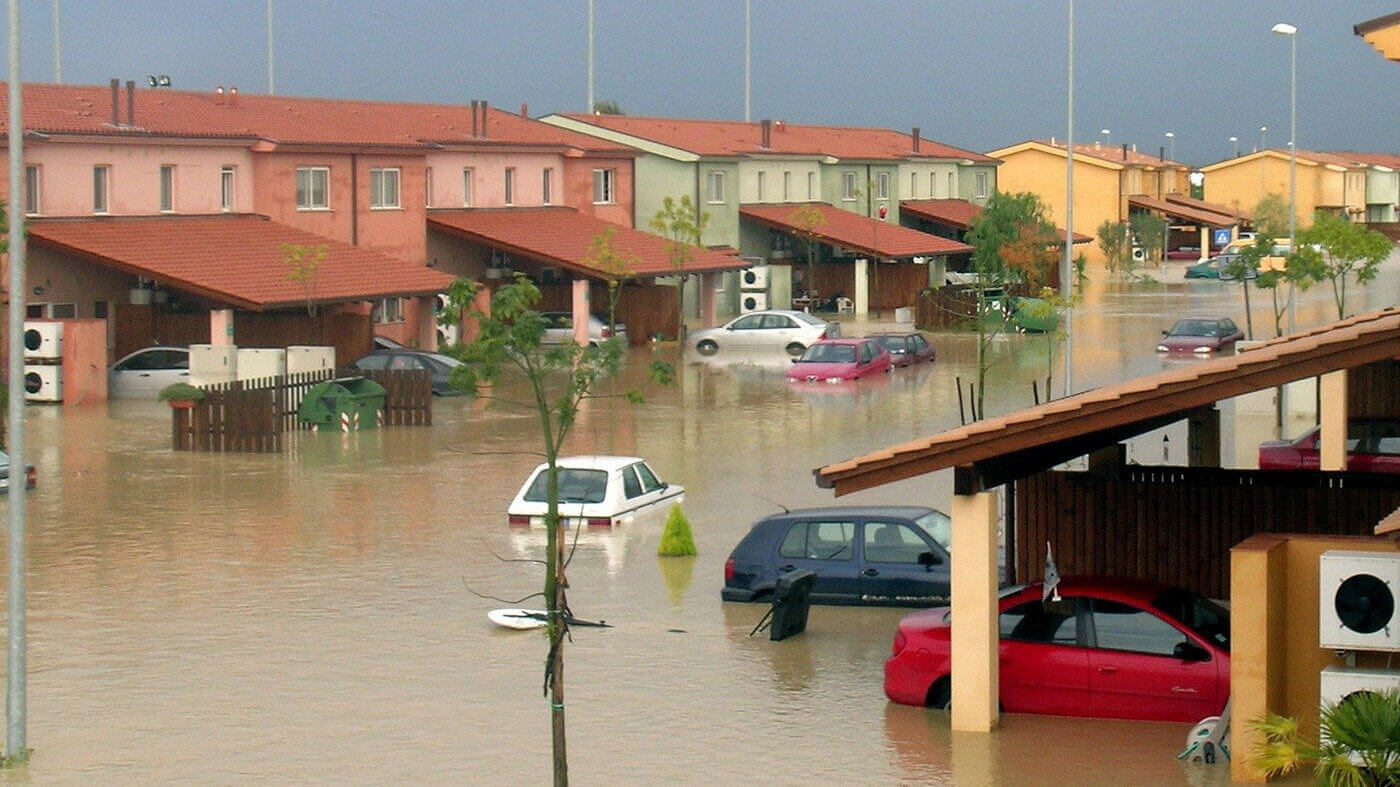Climate experts warn that by 2030, we must stop the continuous rise in Earth’s temperature. If we fail, we will no longer be able to prevent the irreversible effects of climate change.
The Rising Global Temperature
NASA’s analysis shows that Earth’s average temperature has risen by more than 2 degrees Fahrenheit since the 1880s. With only a few years left before 2030, what happens if we cannot stop global warming in time?
The Paris Agreement: A Global Effort
To combat climate change, the Paris Agreement was established in 2015. This international treaty, negotiated by 196 countries during the United Nations Climate Change Conference, aims to mitigate climate change, promote adaptation, and provide financial support for sustainable initiatives.
The goal of the United Nations Intergovernmental Panel on Climate Change (IPCC) is to keep global temperature rise below 1.5 degrees Celsius. This can only be achieved by drastically reducing carbon emissions.
The Role of Major Polluters
Large carbon-emitting countries, such as the United States, China, India, and Russia, must take the lead in reducing emissions to make this plan effective.
United States: President Joe Biden reaffirmed the country’s commitment to reducing greenhouse gas emissions by 50% by 2030 after rejoining the Paris Agreement.
China: Pledged to reduce coal consumption, a major contributor to global emissions.
These efforts are crucial in restoring the Earth’s natural balance.
The Consequences of Inaction
Failure to reduce carbon emissions by 2030 will not cause the Earth to overheat instantly, but it will lead to catastrophic and irreversible damage. Scientists warn that extreme weather events, disasters, and environmental changes will become more severe and frequent.
Examples of Climate Disasters:
Wildfires: In 2020, massive wildfires burned millions of hectares of forests in Australia, Brazil, and the Amazon.
Severe Storms: Texas, USA, continues to experience extreme hailstorms.
Flooding: China faced four months of deadly floods in 2020, leaving 300 dead and over one million homes damaged.
Glacier Melting: Large cracks continue to appear in the glaciers of West Antarctica, accelerating sea-level rise.
The Impact on the Philippines
According to the Germanwatch Global Climate Risk Index 2021, the Philippines ranks fourth among the countries most affected by extreme weather events from 2000 to 2019. If climate change continues unchecked, the country will face even worse calamities than before.
Super Typhoons: The Philippines regularly experiences devastating typhoons, with stronger storms expected due to global warming.
Rising Sea Levels: Melting ice caps contribute to rising ocean levels, which could lead to severe coastal flooding, biodiversity loss, and ecosystem disruption.
The Philippines’ Action Plan
The Philippine Climate Change Commission has outlined an Action Plan to prepare communities for climate change by 2028. The country’s key priorities include:
Food Security
Water Sufficiency
Environmental and Ecological Stability
Human Security
Climate-Friendly Industries and Services
Sustainable Energy
Knowledge and Capacity Development
Solutions to Fight Climate Change
To achieve these goals, everyone must take action to reduce carbon emissions. Key solutions include:
Reducing Fossil Fuel Use: Shifting from coal, oil, and natural gas to renewable energy sources such as solar, wind, and hydro power.
Planting More Trees: Trees absorb carbon dioxide, helping to balance greenhouse gases in the atmosphere.
Promoting Sustainable Practices: Using energy-efficient appliances, reducing waste, and supporting eco-friendly policies can make a big difference.
The Power of Collective Action
The future of our planet depends on our actions today. By making conscious efforts to reduce emissions and embrace sustainability, we can still prevent the worst effects of climate change. The power to create change is in our hands.



